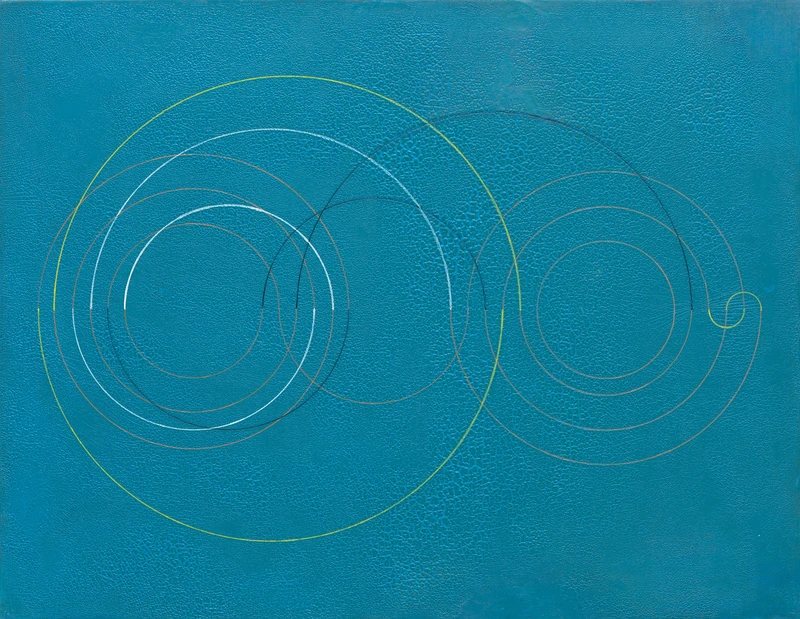Waldemar Cordeiro: A Singular Constellation
30 May-26 Jul 2024
PV 29 May 2024, 6-8pm


The Mayor Gallery announces the first solo exhibition in Britain of visionary Brazilian artist, Waldemar Cordeiro (b. 1925 Rome, Italy – d. 1973 São Paulo, Brazil). Sixteen works, many of which have never been shown outside Brazil, form the basis of this exhibition in which different phases of Cordeiro’s intensive production from the late 1940s to his early death in 1974 are brought into new curatorial focus.
Regarded as the greatest of Brazil’s exponents of concrete art in the 1950s, Cordeiro was an original andvisionary practitioner and theorist, who brought both these domains together in an astonishingly productive oeuvre. This exhibition is being held at a time when Cordeiro’s significance is increasingly being recognised on the international stage. He is, for example, among the invited artists in this year’s Venice Biennale, opening shortly before The Mayor Gallery’s exhibition. Cordeiro’s works are also held in major museum and private collections internationally, including the British Museum, London, MoMA, New York and Reina Sofia, Madrid.
Born in 1925 in Rome to a Brazilian father and Italian mother, Cordeiro moved after World War II ended to São Paulo and assumed full Brazilian citizenship in 1948. His emergence as an influential artist in the early-mid 1950s in São Paulo coincided with a postwar moment when Brazil — described then by media theorist Vilém Flusser as a country "in the making" — first became known internationally for radical architectural and urban landscaping interventions, led by Oscar Niemeyer and Roberto Burle Marx. In 1952, Cordeiro — with six likeminded collaborators including Gerald de Barros — formed a group and movement they named 'Ruptura', signaling a substantive break with the figuration otherwise dominant in visual art until that period. Combining this with often polemical articles and reviews of the works of others, Cordeiro was regarded throughout the 1950s in Brazil as a critical figurehead of a technological aesthetics that began to be associated in particular with São Paulo based artists and writers.
As this exhibition brings into exceptional focus through its display of remarkable concrete art works such as Círculos Simultâneos of 1952 and Transposição Cromática Estudo da Cor from 1958, Cordeiro is amaster at combining a sensory-affective field of interplay between lines and circles, colours and planes with a sense of technological distancing. The 1950s material as well as a series of works from the early-mid 1960s (never before seen in Europe) included in this exhibition are revealed as critical steps towards the pioneering leap taken by Cordeiro from the late 1960s into the early 1970s with his use of electronic computation to create indelibly memorable and highly original works of art. Four of Cordeiro’s computer-based art prints — including the extraordinary The Woman Who Is Not B.B. (A mulher que não e B.B.), 1971, that radically differentiated Cordeiro’s work from others in the same period with its use of computers to convey a highly critical sociopolitical message —are among the important highlights of this exhibition.
Indeed, over the course of Cordeiro’s artistic practice from its beginnings to its radically early closure, we find an inextricable entangling of aesthetic and social concerns. This is addressed in a specially commissioned catalogue essay for this exhibition from art and media historian, Bronac Ferran.
The selection of works for this new exhibition at the recently opened new space of the Mayor Gallery in St. James’s has been made in close collaboration with Waldemar Cordeiro’s daughter, Analivia Cordeiro, who is also an internationally renowned artist. She will be present at the exhibition opening and will participate in a talk event together with Bronac Ferran as part of the London Art Weekend on 30th May.